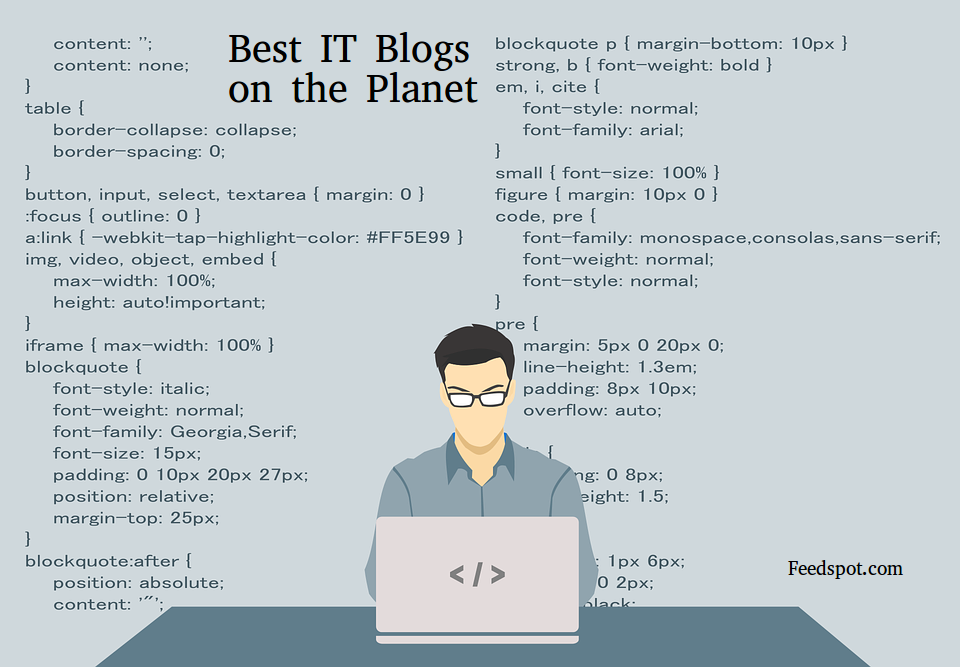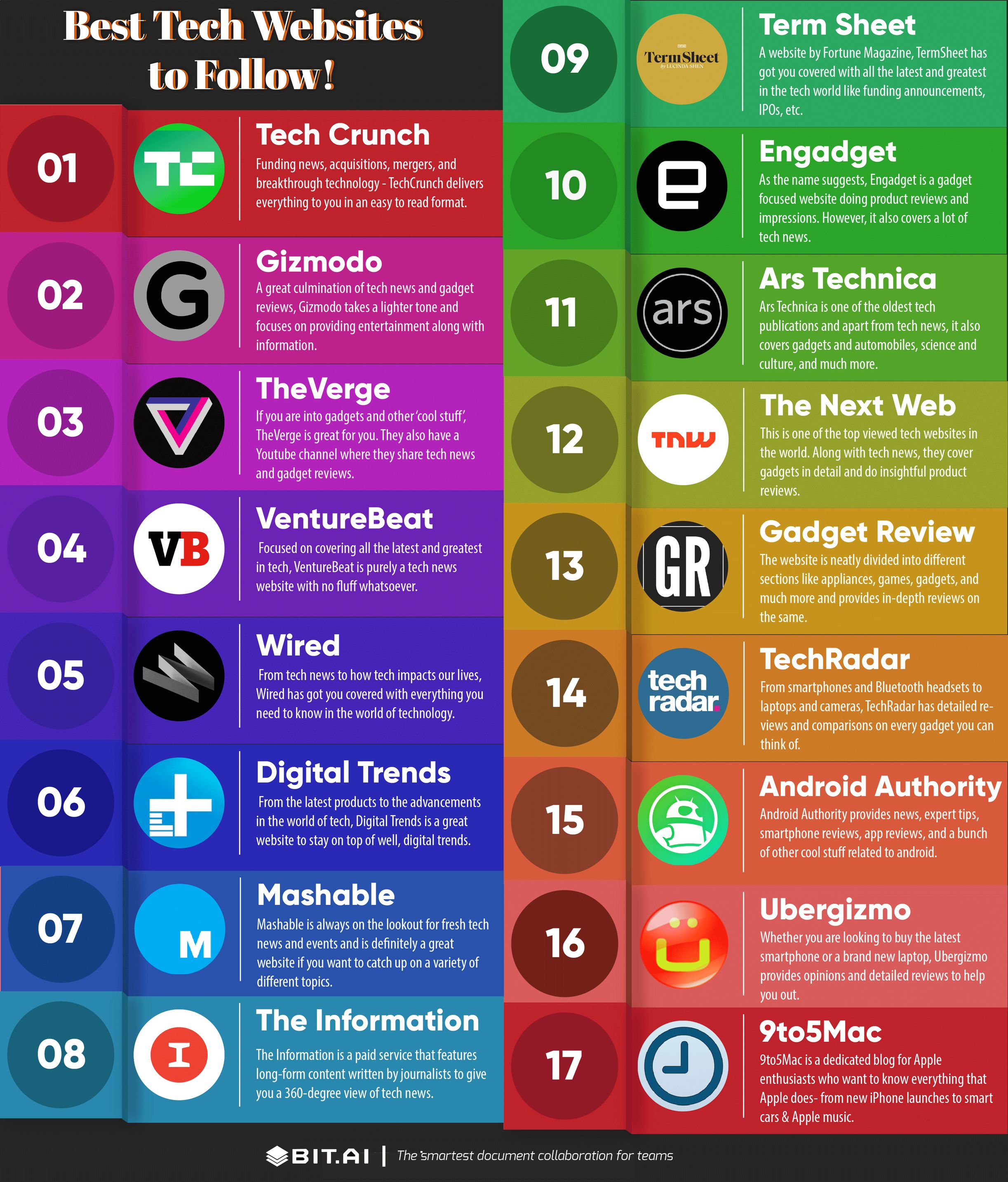Uncover Hidden Gems in the Industry with the Best tech blog Recommendations
Wiki Article
Recognizing the Surge of Side Computing in Today's Digital World
In the swiftly progressing landscape of technology, side computer emerges as a pivotal pressure, reshaping how data is refined and utilized. By transitioning data monitoring closer to the resource, edge computing addresses critical latency concerns while enhancing bandwidth use and boosting protection measures.What Is Edge Computing
Side computing, although a relatively recent advancement in the world of technology, fundamentally transforms just how information is processed and managed by bringing computation and information storage closer to the location where it is needed. Unlike conventional cloud computing models, which usually depend on centralized information facilities that can be geographically far-off, side computer decentralizes data handling. This closeness reduces latency, enhances real-time data processing, and boosts the general user experience by guaranteeing faster response times.At its core, side computer includes a network of local devices and infrastructure, such as sensors, routers, and portals, qualified of processing data at or near the resource. This localized processing ability is particularly crucial for applications calling for instant data analysis, such as autonomous lorries, commercial automation, and clever cities. Furthermore, by unloading data handling jobs from main web servers, side computer lowers transmission capacity demands and enhances data personal privacy and safety and security, as delicate info can stay on-site as opposed to passing through comprehensive networks.

Key Motorists of Adoption
Numerous factors are moving the adoption of side computing in today's digital landscape. Among the main chauffeurs is the exponential increase in connected tools, usually referred to as the Internet of Points (IoT) This rise develops huge quantities of data that need to be refined promptly and efficiently. Side computing addresses this demand by enabling data handling closer to the data resource, decreasing latency and enhancing real-time decision-making capabilities.Another substantial vehicle driver is the need for improved bandwidth performance. Centralized cloud systems can come to be overloaded with the sheer quantity of information created by IoT gadgets, leading to traffic jams (Best tech blog). By processing data at the edge, companies can relieve network blockage and boost overall system efficiency
Moreover, protection and privacy concerns are pushing organizations towards side computing. By processing delicate information locally, business can alleviate dangers connected with information transmission and direct exposure to prospective cyber hazards.
The rise of applications requiring real-time processing, such as self-governing automobiles and increased truth, also requires the quick response times that edge computing offers. Collectively, these drivers are making side calculating an indispensable component of modern IT framework, leading the way for its prevalent fostering throughout different markets.
Advantages Over Cloud Computing
Just how does side computer identify itself from standard cloud computing? Primarily, side computing brings data processing closer to the resource of data generation, typically on neighboring web servers or neighborhood tools, rather than counting on central data. This closeness significantly reduces latency, allowing real-time information handling and decision-making. For markets where nanoseconds matter, such as autonomous cars or industrial automation, the minimized latency given by side computing can be vital.Moreover, edge computing improves transmission capacity efficiency (Best tech blog). By processing information locally, only the needed data is transmitted to the cloud for more analysis or storage space, reducing the quantity of data that goes across the network. This not only eases network blockage yet also reduces information transmission expenses
Edge computer also uses enhanced information privacy and safety. Delicate information can be processed in your area without being sent out to the cloud, decreasing the direct exposure to possible cyber this page risks. This is especially useful for industries handling confidential information, such as health care and financial services.
Additionally, edge computing ensures greater strength and reliability. Local processing enables proceeded procedure even when connectivity to the cloud is compromised, keeping important functions and solutions despite prospective network disruptions. These advantages collectively demonstrate side computing's transformative capacity in maximizing performance and safety in electronic environments.
Factors To Consider and challenges
While side computing supplies many benefits, it likewise offers distinct obstacles and factors to consider that must be addressed to totally understand its capacity. One considerable difficulty is data protection and privacy. Processing data closer to the source boosts the risk of unauthorized gain access to, necessitating robust security and rigid safety procedures to safeguard sensitive details. In addition, handling and checking a decentralized network of side gadgets can be complex, calling for innovative devices and strategies to make sure seamless operation and maintenance.One more consideration is the scalability of edge computer services. As the number of linked tools grows, so does the demand for processing power at the edge, which can cause resource restraints. Organizations should carefully prepare their facilities to fit this development without endangering performance or you could try these out performance.
Interoperability is an additional crucial factor. With numerous software and hardware components involved, making sure compatibility and seamless assimilation can be challenging. Standardization efforts are crucial to promote communication in between disparate systems.
Future Patterns in Side Computing
Expecting the future, side computer is positioned to transform numerous industries by making it possible for quicker information handling and reducing latency. As the volume of data produced by IoT devices proceeds to grow, side computing will certainly come to be increasingly essential in handling this influx efficiently.An additional arising fad is the advancement of edge-native applications developed particularly click here for more info to utilize the one-of-a-kind capacities of edge computer. These applications will enhance efficiency and source usage, resulting in raised effectiveness across various industries. In addition, advancements in 5G modern technology will certainly better boost edge computer by offering the essential facilities for high-speed, low-latency communication in between tools and side nodes.
Conclusion
Edge computing's increase is driven by the proliferation of IoT devices and the requirement for real-time information processing, which improves efficiency by lowering latency and decentralizing data administration. This approach minimizes data transfer inefficiencies and safety and security issues, promoting innovations in applications like independent lorries and wise cities. In spite of difficulties such as facilities complexity and integration, the future of side computing guarantees a much more receptive digital ecological community, with continued innovations shaping its advancement and increasing its applicability throughout markets.Side computing, although a fairly current development in the realm of modern technology, fundamentally changes exactly how information is refined and taken care of by bringing calculation and information storage closer to the location where it is required. Unlike conventional cloud computer models, which commonly rely on central data facilities that can be geographically remote, side computer decentralizes information handling. Furthermore, by unloading data processing jobs from main web servers, side computing reduces data transfer demands and enhances information privacy and security, as delicate info can remain on-site rather than passing through substantial networks.

Report this wiki page